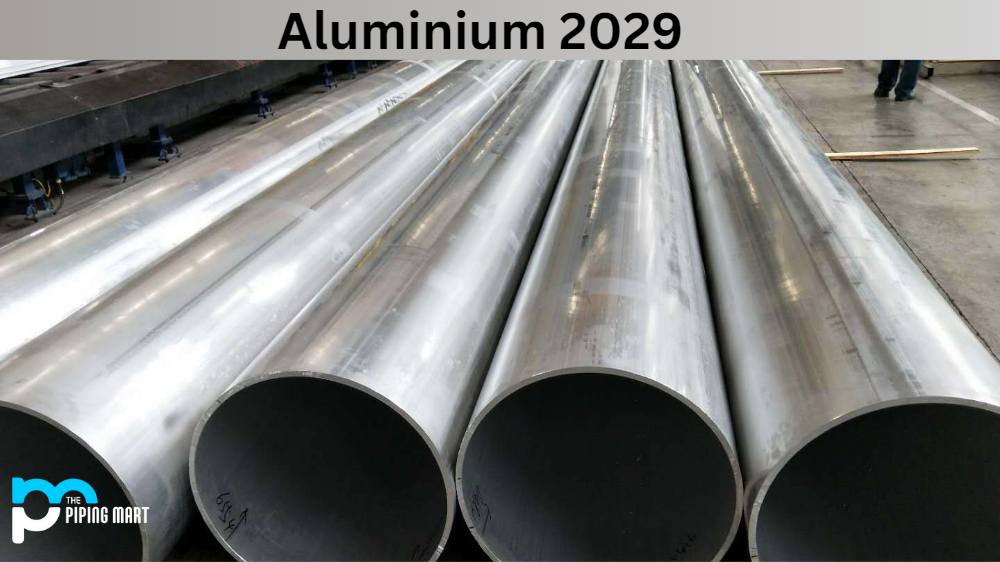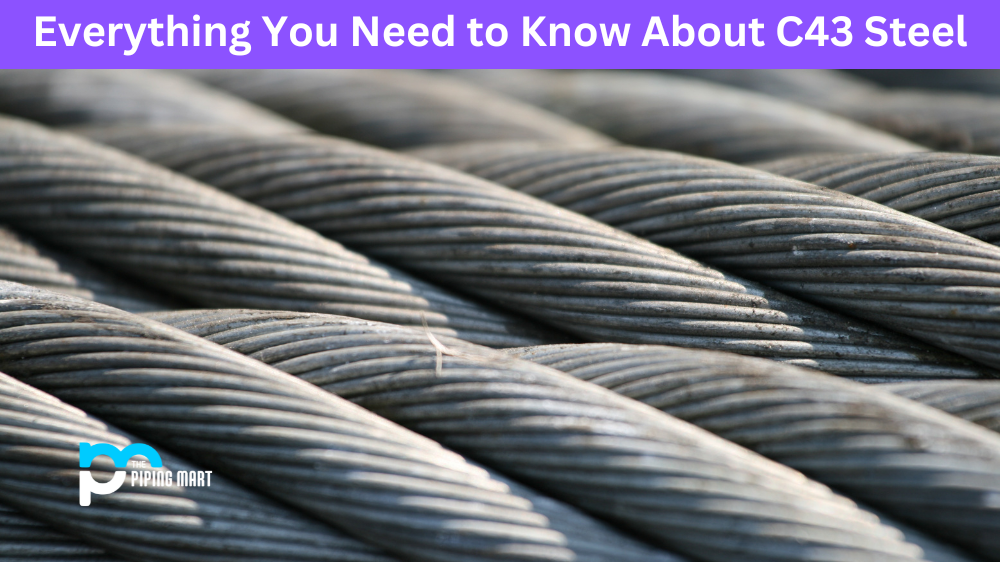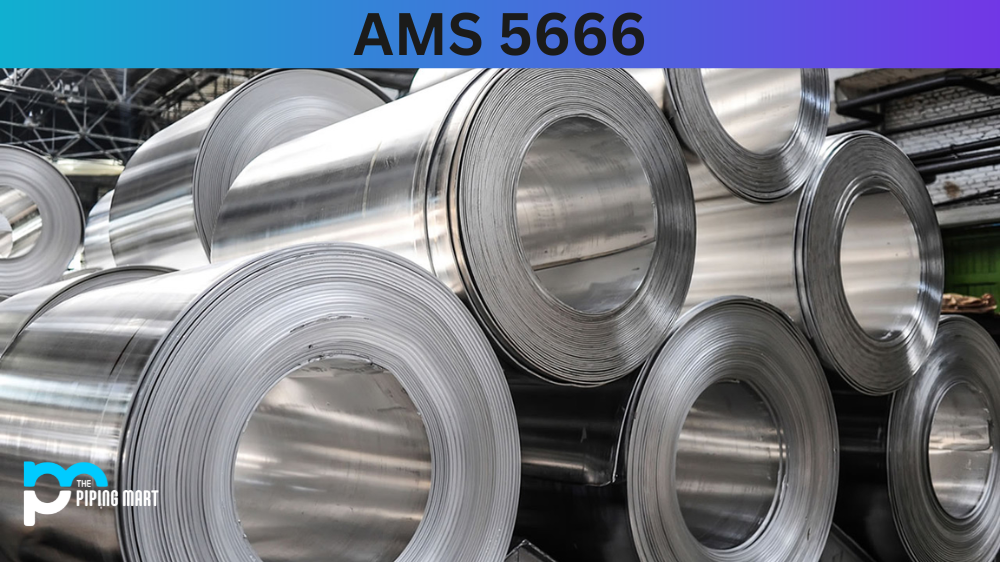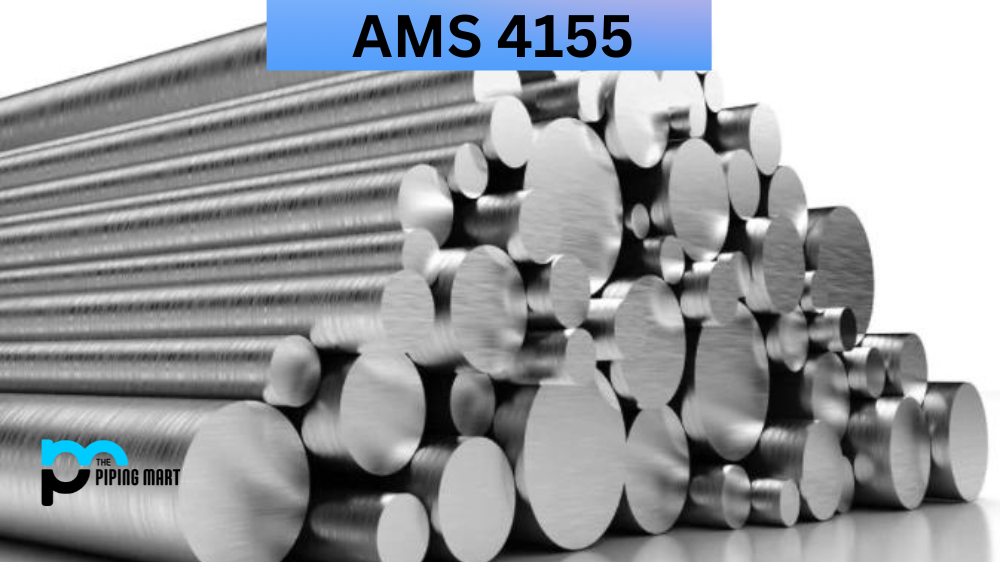Aluminum 2029 is an alloy with several uses due to its unique composition and properties. It has excellent corrosion resistance, heat resistance, and mechanical strength, making it an ideal material for a wide range of applications. In this blog post, we will explore the composition, chemical properties, mechanical properties, physical properties, uses, corrosion resistance, heat resistance, heat treatment, machining, and welding of Aluminium 2029.
Composition
Alloy 2029 is an alloy made up primarily of aluminium (91-95%) and copper (4-4.9%). It may also contain manganese (1%) and other trace elements such as titanium or silicon. This combination creates a strong yet lightweight material with numerous benefits over many other materials.
| Cu | Mg | Ag | Mn | Zr | Si | Fe | Ti | Al |
|---|---|---|---|---|---|---|---|---|
| 3.2-4.0% | 0.8-1.1% | 0.30-0.50% | 0.20-0.40% | 0.08-0.15% | 0.12 Max | 0.15 Max | 0.15 Max | Balance |
Chemical Properties
The chemical properties of this alloy make it resistant to most acids and alkalis as well as salt solutions. It does not corrode in the presence of these substances and is, therefore, useful for applications that require protection from corrosive environments.
Mechanical Properties
This grade 2029 has good mechanical strength and can be used in applications with high levels of strength, such as aerospace engineering or vehicle construction. It can also be used in applications where low weight is important such as bicycle frames or medical implants.
Physical Properties
This alloy’s high electrical conductivity makes it useful for electrical applications such as wiring or electronics components. Its low thermal conductivity makes it suitable for use in insulation or energy-efficient windows and doors. Additionally, its light weight makes it ideal for use in transportation vehicles or aircraft parts.
Heat Resistance
Aluminium2029 has excellent heat resistance, making it suitable for use in elevated temperatures without degradation or structural damage. This property allows it to be used in applications such as engines , exhaust systems , headers , manifolds, and turbochargers.
Uses
Al 2029 can be used to create items that need extended exposure to higher temperatures, such as cookware and furnace linings.
Heat Treatment
Heat treatment can be used to modify the metal’s hardness, strength, toughness, ductility, and
Corrosion Resistance
This process helps improve performance by increasing the metal’s durability while also reducing its weight. Aluminium 2029 is often treated using tempering processes such as annealing or ageing to improve its mechanical properties.
Machining
Machining is a process used to cutormodify the surface of a metal part. Aluminium 2029 is better suited to machining duets because of its high strength than low-weight properties. It can be machined using conventional tools like lathes, milling machines, drills, and grinders.
Welding
Welding is a process used to connect metal surfaces by melting them together using heat and specialty welding equipment. Aluminum 20299 can be conveniently welded using Gas Tungsten Arc Welding (GTAW) or Gas Metal Arc Welding (GMAW) processes which produce high-quality welds with minimal warpage or excessive heat in put during the welding process.
Conclusion
As you can see from above, there are many reasons why Aluminium 20299 is an ideal choice for your next project due to its combination of excellent corrosion resistance, heat resistance, mechanical strength and low weight properties. Additionally, its ease of machining and welding makes it suitable for various industrial applications, from automotive components to aerospace engineering. With so many advantages over other metals, consider using Aluminum 20299 when designing your following product!

Meet Bhavesh, a seasoned blogger with a wealth of knowledge and experience. From metal products manufacturing to retail, Bhavesh has a diverse background in various industries and is dedicated to sharing his insights and expertise with readers.




